Can beautiful stores also be profitable stores?
By Retail4Growth Bureau | September 15, 2023
Can store aesthetics be measured in the same manner as other aspects of a store’s performance? More importantly, can its role in meeting a brand’s business objectivs be valued and acknowledged through the application of neuro aesthetics? This insightful article from Quinine Design addresses these questions. Check out the extracts given below
Retail is an industry is driven by metrics. Decisions are rarely made without the analysis of data, in the hope of minimising risk. It is used to evaluate a store’s performance and to inform decisions about store design. But can retail’s obsession with data be distracting?
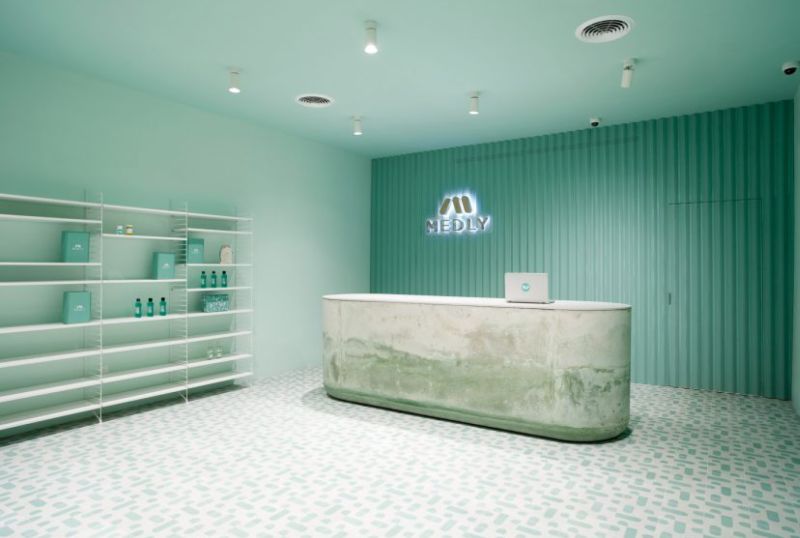
It is tempting to focus entirely on the more quantifiable aspects of store performance, but in doing so, we may lose sight of more immeasurable aspects of design: describing how a store looks and how it makes us feel. A reliance on data may be inhibiting appreciation of the value of ‘look and feel’, or at least recognition of its importance.
Yet, how can we appraise the way a store looks with any accuracy? How can we quantify aesthetics in the same manner we do with other aspects of store performance? Our inability to answer these questions with any accuracy often prevents store aesthetics from being recognised as an essential contributor to other valued metrics used to analyse performance.
The science of beauty confirms a designer’s intuition
Beauty can be a combination of qualities that give pleasure to the senses or the mind. However, here we are predominantly concerned with how aesthetic qualities are perceived through sight. In relation to store design, such qualities might be shape, form, texture or colour. Consensus about what is beautiful is often thought to be in the realm of personal opinion and varies according to an individual’s preferences. However, this may not be entirely accurate.
Studies have shown that there are cross-cultural similarities in what faces we find attractive. Our attraction to symmetrical facial features, for example, seems to be universal, shared by cultures that have never interacted with one another. Delving deeper, recent findings in the field of cognitive neuroscience reveal the neural processes occurring when we encounter something beautiful. As scientists unravel the mysteries of our brain, the experience of beauty is becoming quantifiable. This field of research, known as neuroaesthetics, may challenge the subjective nature of beauty.
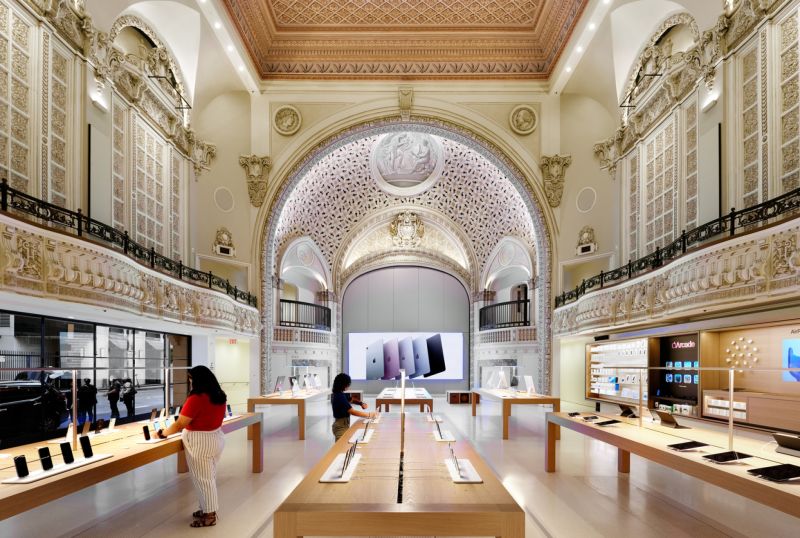
The business case for a beautiful looking store is now validated by the research being undertaken in the field of neuroaesthetics, and in turn, this validates designer's intuition. From our previous work on the ‘value gap’, we understand what people value in a store experience. While price, value and convenience are high on the customer’s agenda, they also value how a store looks, largely because of how it makes them feel. Science is now confirming what many designers already knew - that aesthetics matter.
Neuroaesthetics enhances the business case for beauty
Neuroscience enables researchers to quantify an individual’s response to beauty by measuring the neurological and physiological response to an environment or an object. These measurements occur in the controlled environment of a research lab and cannot be generalised to any individual store (or design broadly). However, this does legitimise the argument that aesthetics are incredibly important. Neuroaesthetics opens the door to understanding how we respond to design, and what we respond to in the world around us. What is crucial about neuroaesthetics research is the confirmation that we do respond to beauty in significant ways, and that we are biologically predisposed to do so. It is in our nature to be attracted to, and affected by, the way things look.
Beauty is an emotional and rewarding experience
Neuroscience explains why we are attracted to beauty. The visual stimulation of beauty affects the reward systems in our brain. Simplified, reward systems increase the likelihood of repeating behaviours that bring us pleasure. The link between aesthetics and reward systems explains a human desire to be connected to beauty. We are literally ‘attracted’ to beauty. It’s a positive force we are drawn to. Applied to store design, this might equate to an innate biological desire to be in, or revisit a physical space. Our brain reinforces our connection to that environment. Importantly, brain regions responsible for regulating emotions are activated when individuals look at an object of beauty. So we now have evidence that aesthetics, or beauty, elicits an emotional response
Whether intentional or not, Apple masterfully incorporates the emotive power of beauty into their store experience by using historic buildings to house their new stores. Buildings such as the Los Angeles State Theatre or Rome’s Palazzo Marignoli provide a striking juxtaposition to Apple’s carefully considered design language. The designs of these buildings are technically not ‘on brand’, yet these buildings cause people to marvel at their incredible stature and ornate detail. Their beauty evokes emotions, and Apple is leveraging this beauty to create trust and loyalty through brand association. They are essentially repurposing beauty for their own brand’s benefit.
Translating neuroscience to interior spaces
Designers have always understood the emotive potency of aesthetics. The best designers consciously and masterfully use forms and materials to elicit feelings and emotions. Now neuroscience qualifies the idea that the look and feel of a space can be used in this way. An empirical understanding of how people are impacted physically and psychologically by objects, shape, scent, light and space, could transform the applications of interior design. The psychological relationship between these elements of the built environment has been the realm of ‘neuroarchitecture’. Rather than interpretations of beauty, ‘neuroarchitecture’ is concerned with how architectural elements such as form, space and natural light influence our wellbeing.
People are more likely to assess different shapes as pleasant or unpleasant.
The need for Neuroexperiences
The field of neuroarchitecture is an example of how neuroscience and psychological science has informed and shaped directions and consideration within building design. Ultimately architecture is richer for it. Retail design should take a similar step. Given that the future success of physical retail is no longer just about the store and the merchandise, the real value of retail will come from how brands combine these elements with the experiences they provide and with neuroaesthetics. We could call this neuroexperience. Retail designers should be considering how a physical experience affects us on a physiological and neurological level. How does a physical experience affect customers emotionally? What are the implication for customers psychologically? These are complex questions, but the road has been paved to begin exploring the answers. Brands, or designers, that can extend design thinking to this level of sophistication will unlock previously unreached heights in retail design, and importantly, unlock unseen depths of connection between brand and customers using the physical space.
Beauty enhances everything
There are many consumer missions that motivate a shopper. Good retail design provides an experience that educates, facilitates social interactions, allows feelings of momentary escape, or provides a highly efficient purchase. The greatest quality of beauty is the ability to enhance all other store objectives. Regardless of the store function or corresponding customer mission, beauty is the linchpin enhancing all experiences.
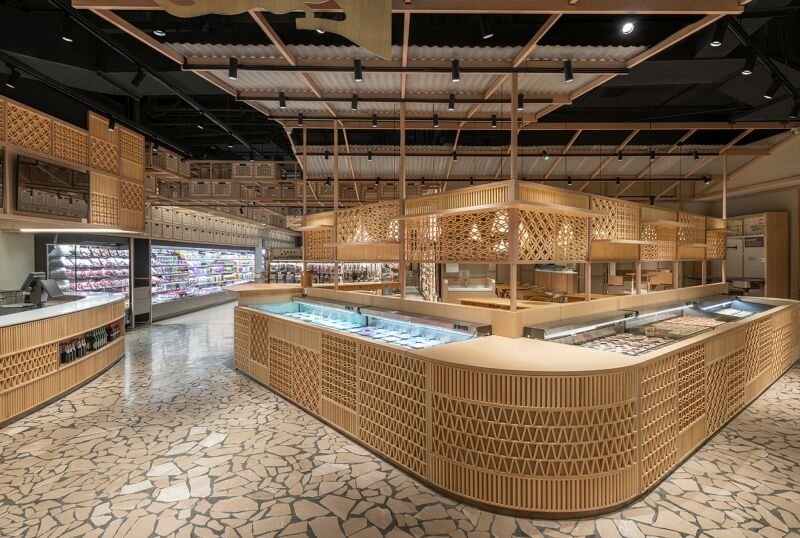
If beauty can heighten the connection or emotion that a customer feels during a store experience, then this creates a deeper connection to the retail brand. This, in the end, should be the overarching goal of the physical store within the total ecosystem of a retail brand: to create an environment that connects the brand to the customer.
We hope this growing understanding within psychology and neuroscience will serve to embolden retail businesses to place a higher priority on store beauty, and likewise encourage designers to consider how beauty can enhance store function. The gravity of what it means to design a physical environment needs to be felt by designers. The stores that we design are not just spaces to sell or experience products or services. They are spaces that can make people feel emotions. They can change us psychologically and physiologically - that’s an incredibly powerful thing. This is the highest level of impact a brand can possibly imagine. And this serves as the strongest business case for a beautifully designed store.
Source: Quinine Design

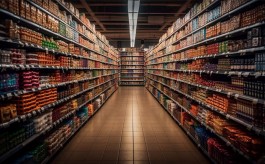
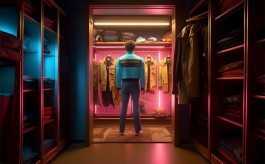

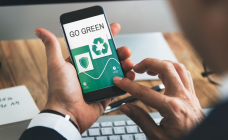




Comments